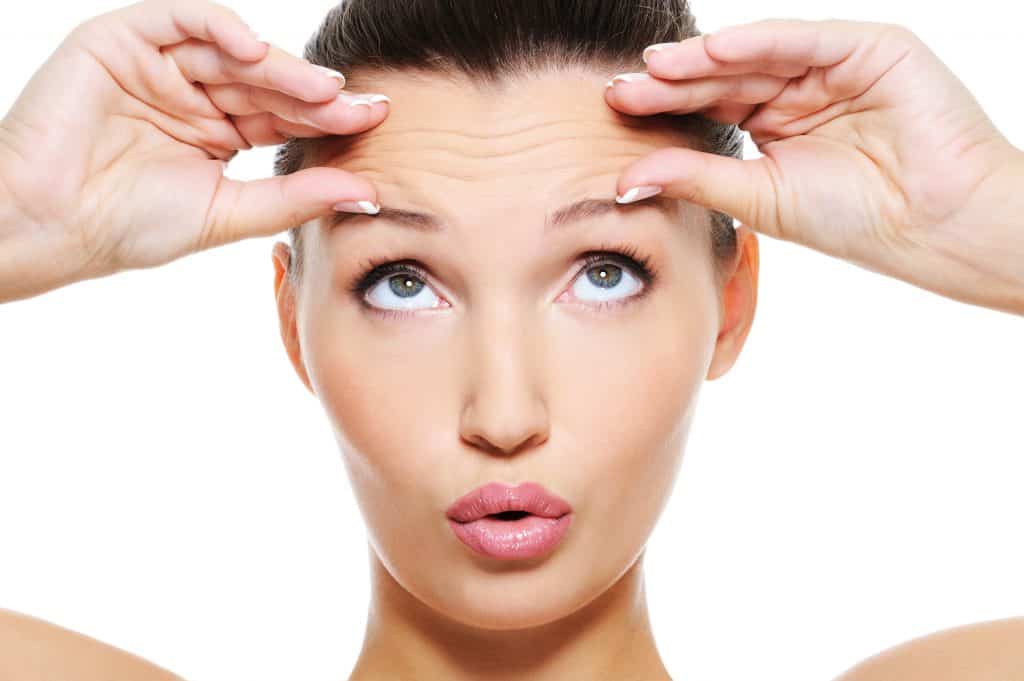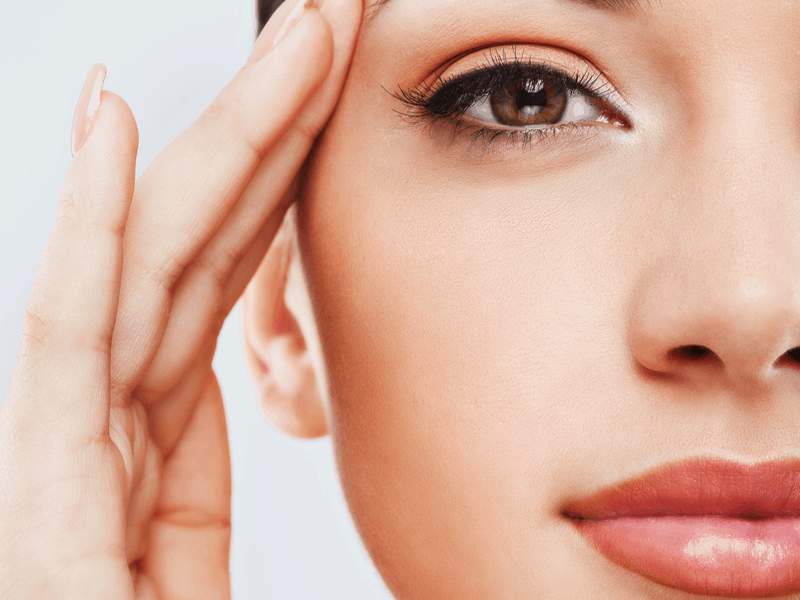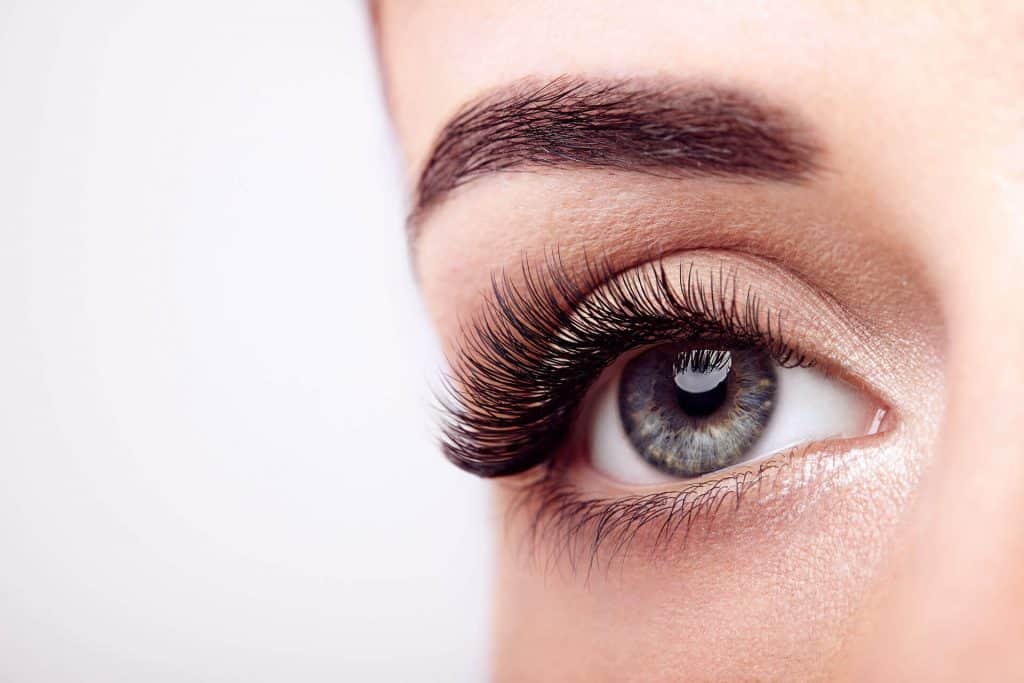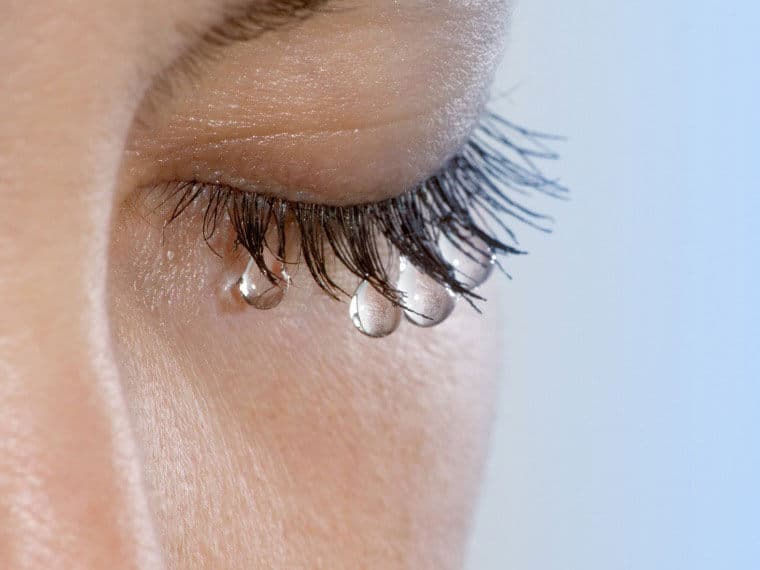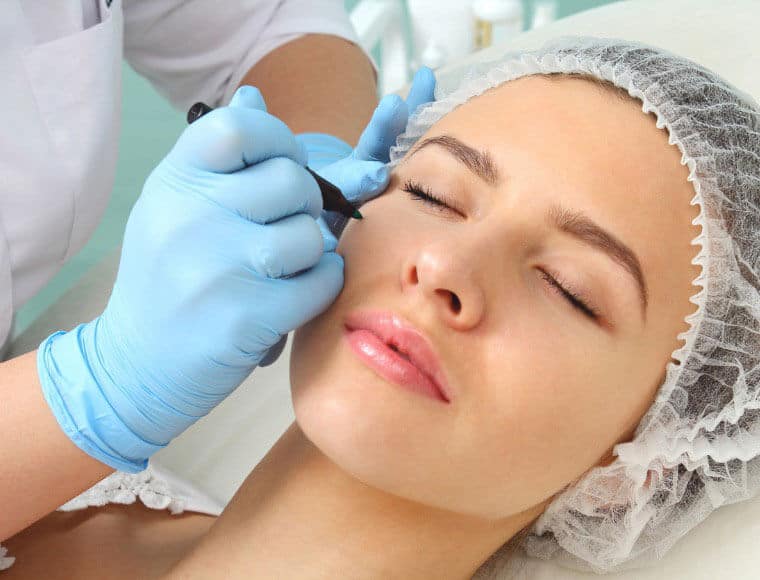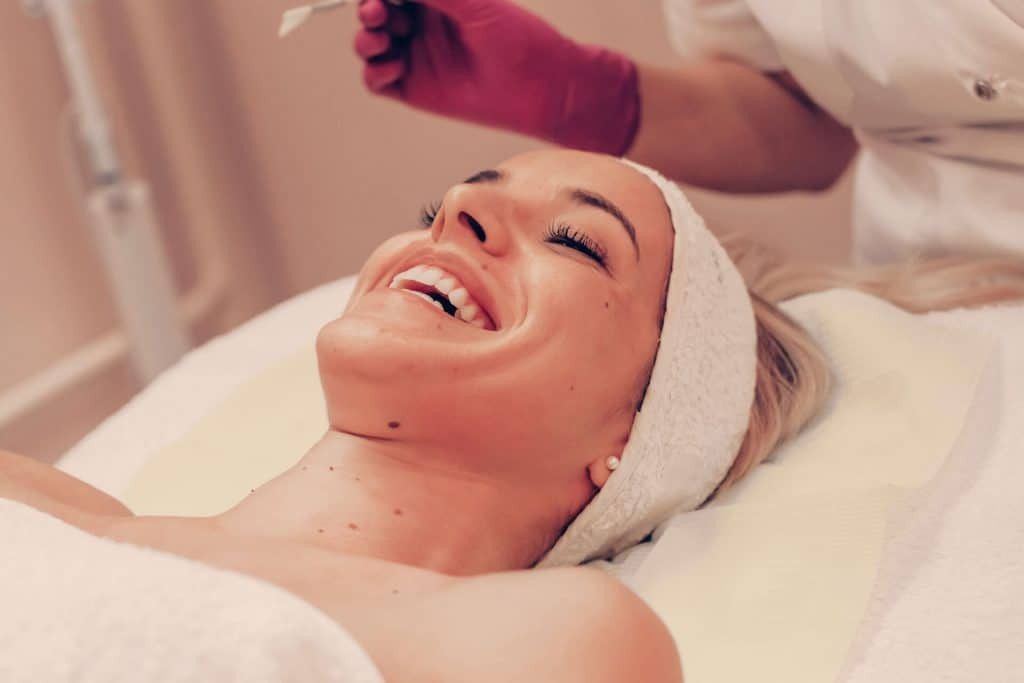As we say goodbye to the long, sunny days of summer, it’s the perfect time to unravel any of the damage our skin suffered over the season. One of the most common, immediate effects of too much summer sun is melasma.
It’s no surprise that during the summer months, our skin takes a hit. Sunscreen can protect, hats can add flair to our outfits, but we all have those days when we forget and the result is just a touch too much pink (or red) on our skin. While sun damage takes a toll everywhere, it can be most noticeable on our faces, noticeably in the form of melasma. Melasma is darker brown or gray discoloration that appears on exposed areas of skin. While melasma can pop up anywhere, it often occurs on the face. It can appear suddenly or over the course of years. The discoloration of melasma is due to overactive cells, often generated by heat and light.
Melasma can appear throughout stages of your life – it is not only related to sun exposure, but also hormones. 50% of women develop it during their pregnancy, giving melasma the nickname “the mask of pregnancy.” This type of melasma is referred to as chloasma.
How can I prevent sun-related melasma?
When it comes to healthy, glowing skin, prevention is key. There are treatments and procedures available to help reverse damage, but stay proactive your skin regimen and you’ll thank yourself later. We talk constantly about the use of sunscreen, but there’s a reason to the madness. Sunscreen prevents multiple skin issues including collagen destruction, premature aging, sun spots, melasma, and skin cancer to name a few. Regardless of the season or weather, develop the habit of applying sunscreen to your face EVERY SINGLE DAY (and reapply throughout the day when your in the sun). Beauty brands have made this easy – there are numerous tinted CC or BB creams that you apply after serums/lotion and under (or in place of) foundation. The lightweight formula in these creams are targeted to give you sheer, weightless coverage, but pack powerful protection against the sun. We recommend a cream with a minimum of 30 SPF.
During the summer months, apply…reapply…and then apply again. Reapplying sunscreen every two hours is key in preventing sun-related melasma. Next to sunscreen, hats are your best friend (wide-brimmed will cover your full face, ears, and neck). Don’t panic if you see dark spots while you’re out in the sun. Melasma is more noticeable when your skin heats up. But this can be a good reminder to get out of the sun and ensure your skin is protected.
I already have melasma – what can I do?
If you are already noticing sun-related (or any) melasma or discoloration to your skin, schedule a visit with your doctor. It’s important to ensure you are seeing a doctor who is familiar with melasma and understands how to treat different types of melasma (some treatments that work well for sun-related melasma can actually make hormone-related melasma worse). Because the causes for melasma can vary, and everyone’s skin reacts differently to treatments and therapies, getting advice from a medical professional will save you time, money (and the potential heartache of further damage).
Dr. Purewal treats many patients with both hormone-related and sun-related melasma. She has such extensive experience that she created a line of at-home chemical peels to help diminish the discoloration and keep skin looking refreshed in-between, and after treatments at the clinic. We have a Skin Brightening Peel that is applied in the office and then patients go home with a 1 month supply of products specifically formulated for them to further enhance the effect of the peel. We also carry Brightening Pads that can supplement our peels or be used alone as an at-home treatment.
A note of caution: it’s always best to wait until fall/winter to get professional peels, and even at home treatments should be used sparingly during the summer season. Sun exposure following a peel can worsen the effect of melasma and make your skin at increased risk of sun damage.
As we head into the fall and winter months, a chemical peel is the perfect way to gently remove dead skin cells and prompt new skin growth. Bonus, It’s also a pain-free, relaxing treatment.
At Fresh Face + Eye, we will never pressure you to seek treatment or schedule a procedure. Our philosophy is patient-first. We’ll take the time to educate you on every option and customize a treatment plan to address your concerns. Dr. Purewal and the Fresh Face + Eye staff are proud to host a warm, welcoming, judgement-free environment. Learn more about chemical peels, and see before and after results for other patients.


